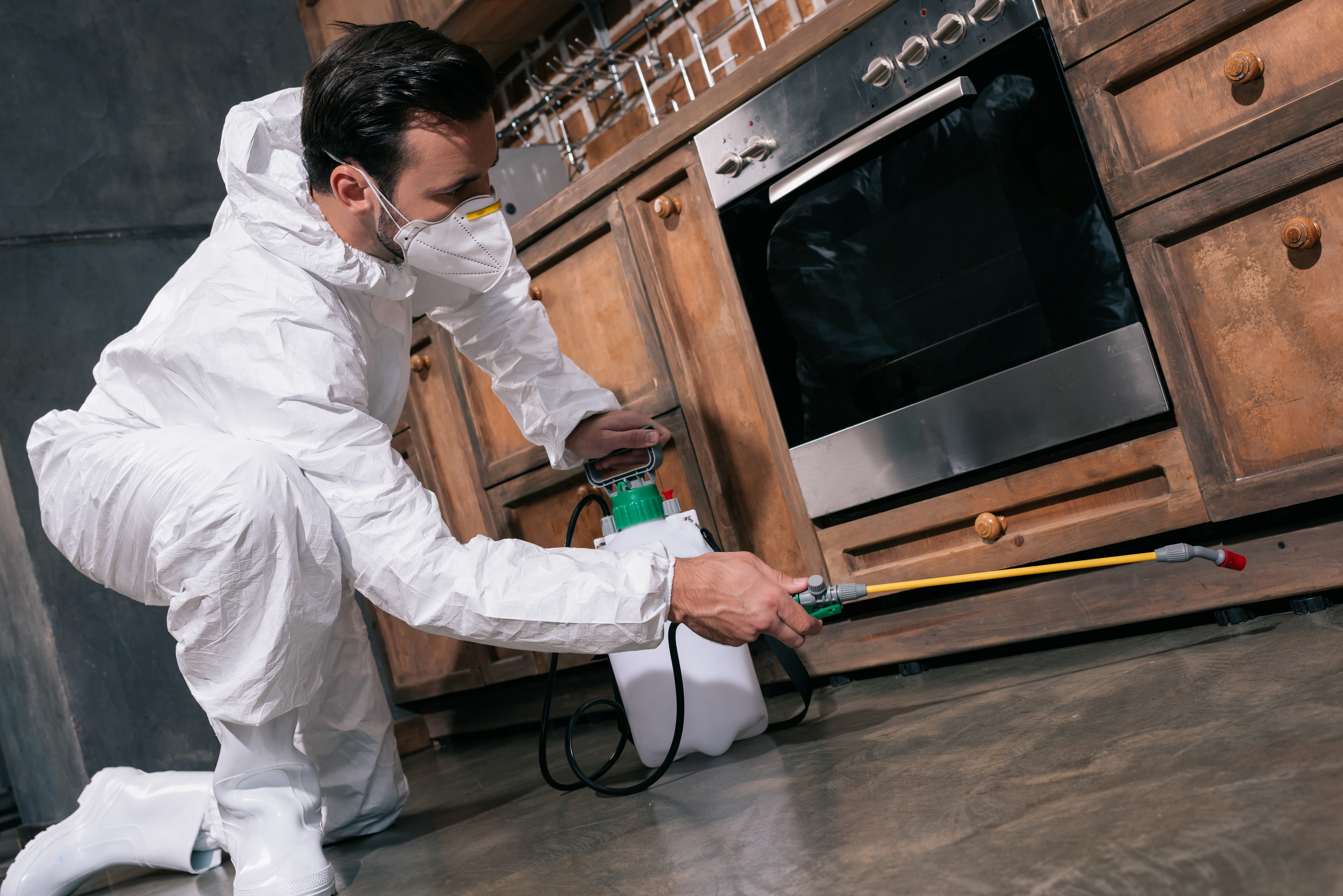Create a Personalized Pest Control Marketing Plan: A Step-by-Step Guide
Are you tired of using generic marketing strategies that don’t seem to work for your pest control business? It might be time to create a personalized marketing plan tailored to your needs and target audience. This guide will walk you through the essential steps to develop an effective pest control marketing strategy that resonates with your customers and drives growth.
Step 1: Define Your Target Audience
The first step in creating a personalized pest control marketing plan is to define your target audience. Who are the people most likely to need your services? Are they homeowners, business owners, or both? What are their demographics, interests, and pain points? Answering these questions will help you create targeted messaging that speaks directly to your ideal customers.
Step 2: Conduct Market Research
Once you have a clear understanding of your target audience, it's time to conduct market research. This will help you identify your competitors, understand their strengths and weaknesses, and uncover opportunities for differentiation. Use this information to develop unique selling points (USPs) that set your business apart.
Step 3: Set Your Marketing Goals
With a clear understanding of your target audience and market landscape, it's time to set your marketing goals. What do you want to achieve with your personalized pest control marketing plan? Do you want to increase brand awareness, generate leads, or boost sales? Be specific and measurable in your goals to track progress and adjust your strategy.
Step 4: Choose Your Marketing Channels
Now that you have a clear understanding of your target audience, market research, and marketing goals, it's time to choose your marketing channels. Some effective channels for pest control businesses include:
- Search engine optimization (SEO)
- Pay-per-click (PPC) advertising
- Social media marketing
- Email marketing
- Local listings and directories
Choose the channels that best align with your target audience, USPs, and marketing goals. Be sure to allocate your budget accordingly.
Step 5: Develop Your Marketing Content
With your marketing channels selected, it's time to develop your marketing content. This includes everything from website copy and blog posts to social media updates and email newsletters. Be sure to create content that is informative, engaging, and tailored specifically to your target audience.
Step 6: Implement Your Marketing Plan
Now it's time to put your personalized pest control marketing plan into action. Launch your campaigns, monitor their performance, and make adjustments as needed. Be patient – building a solid brand takes time and consistent effort.
Step 7: Measure Your Results
Finally, be sure to measure the results of your personalized pest control marketing plan. Use analytics tools to track website traffic, conversion rates, and other key performance indicators (KPIs). This data will help you understand what's working and what isn't so you can continue to refine and improve your strategy.





